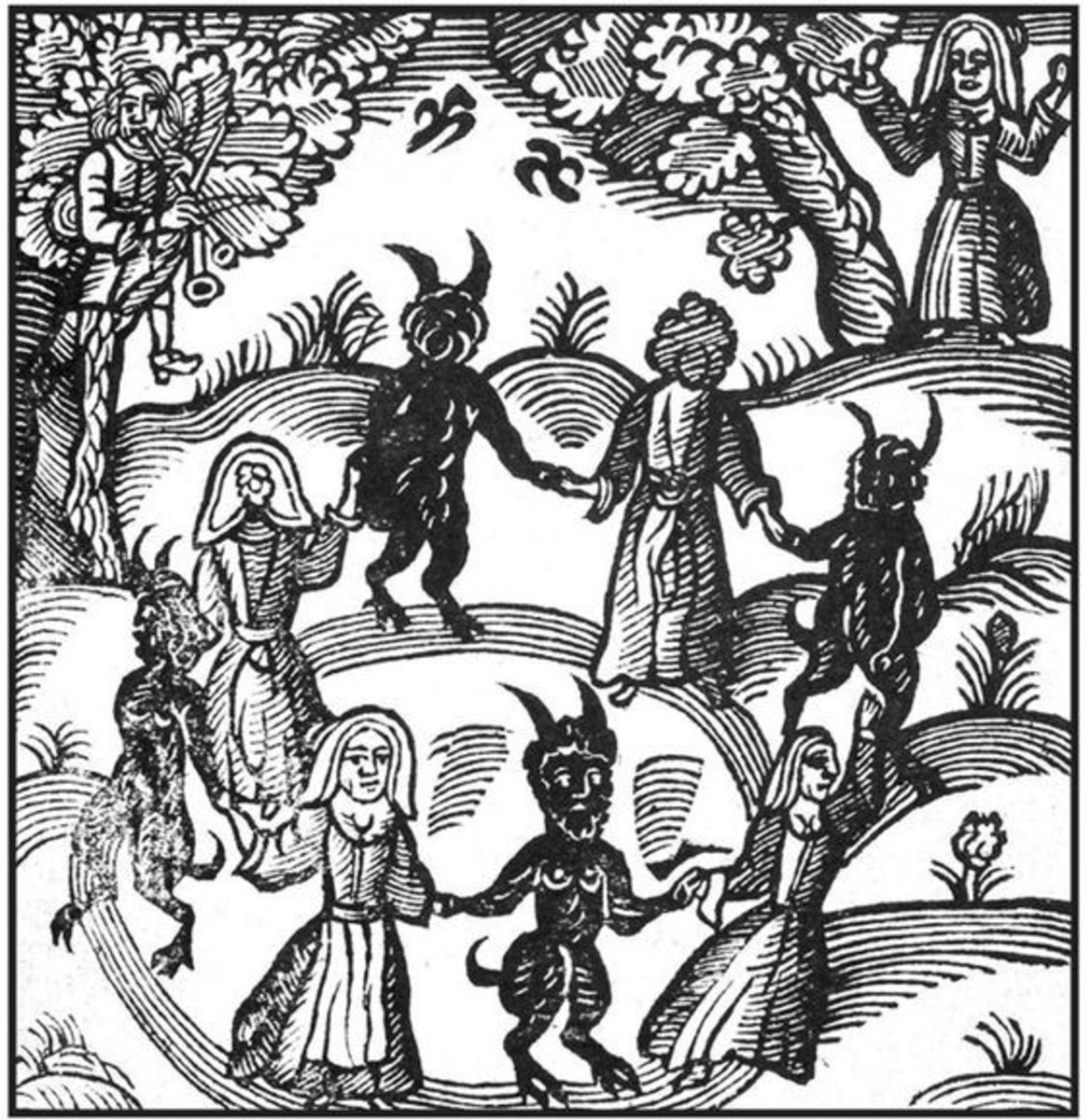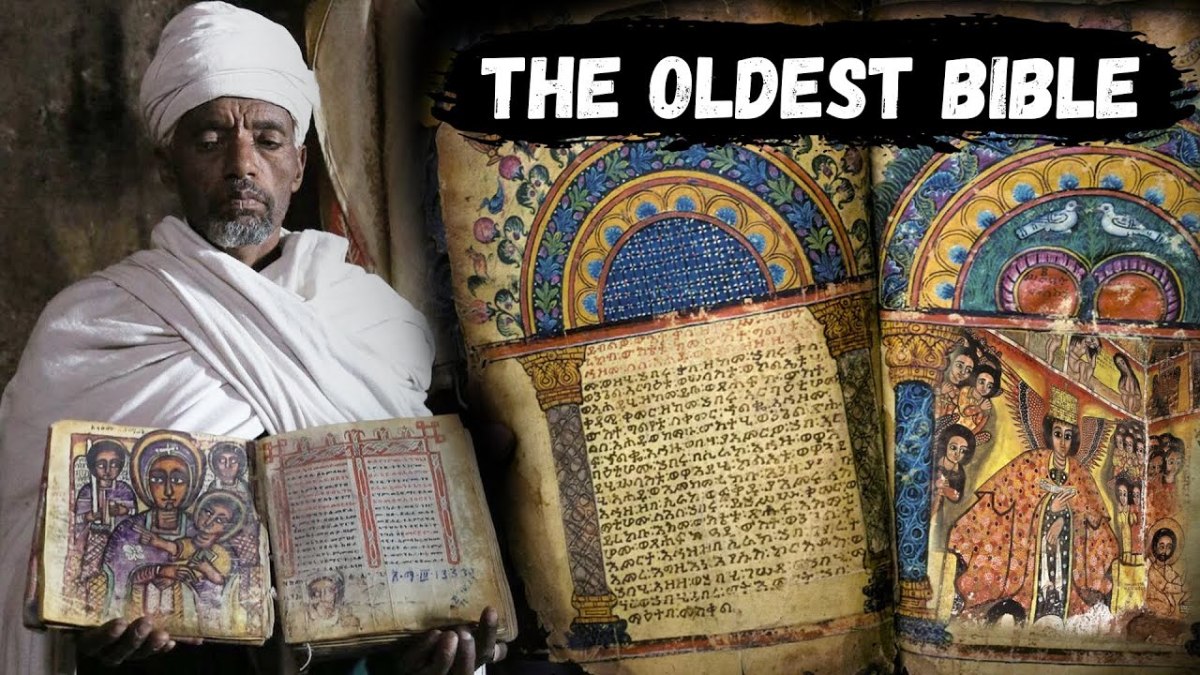The Rivals of Jesus: Apollonius the Cappadocian
Apollonius the Cappadocian was a neo-Pythagorean who performed miracles in the tradition of Pythagoras and the Greek shamans. Philostratus wrote an admiring, but likely fictional biography of Apollonius.
Apollonius lived in the 1st century A.D. Being a neo-Pythagorean, he rejected marriage, meat, and wine, and condemned blood sacrifice. He was shabby and unkempt, had long grey hair and beard, and wore only linen.
At first, he lived in the temple of Asclepius, the Greek god of healing and restoration, at Aegae in Cilicia, where he worked as a healer. He urged others to give their money to the poor and to lead by example he passed his own inheritence on to his relatives.
After this, Apollonius traveled Asia Minor for 5 years, then visited Persia, India, and Egypt. He was arrested twice by both Nero and Domitian but successfully defended himself in both cases.
After he died, he manifested himself again to shatter his followers' doubts about the existence of an afterlife. After his death, temples were erected in his honor throughout Asia Minor.
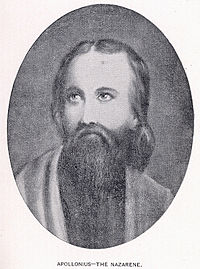
Apollonius of Tyana was one of the rivals of Jesus. There are striking correspondences between his life and deeds and those of Jesus Christ.
- They were contemporaries.
- They condemned blood sacrifice.
- They cured the sick.
- They urged people to give money and goods to the poor.
- They stood up against Roman authorities.
- They manifested themselves after their deaths.
- They performed similar miracles discussed below.
The similarities between Jesus and Apollonius were obvious even to the people of antiquity. Hierocles compared the two in the 4th century putting them on a par. Fortunately, Eusebius decided to argue with him. Although, Hierocles’ work did not make it to our day independently, Eusebius’s rebuttal quotes a lot from it and summarizes the rest.
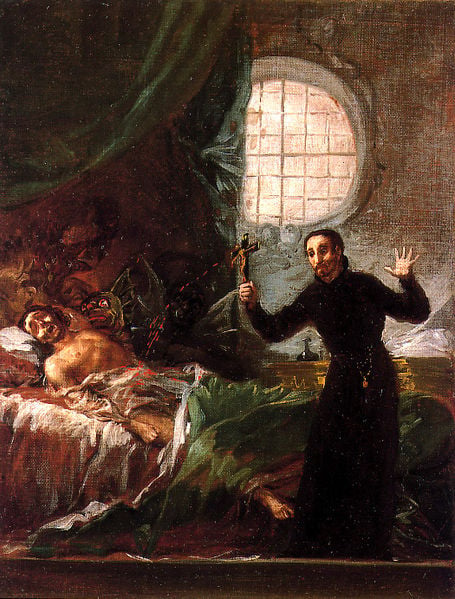
Apollonius's Miracles, as Reported by Philostratus
Apollonius's Exorcism of a Demon from a Boy
In the Life of Apollonius, Philostratus discusses a case in which a 16-year-old boy is possessed by a demon. The boy's mother goes to the sages and says that the demon fell in love with his child and would drive him insane. The demon doesn't let the boy go to school or archery class. It doesn't let him stay at home but drives him out to the desert. The boy lost his own voice and speaks in a deep and hollow voice, like that of an old man. His eyes turned into the eyes of someone else. He doesn't recognize his family.
The mother tells the sages that the boy has been possessed by this demon for years, but she didn't report the case because the demon promised to bestow many fine qualities on the boy, a promise which it failed to keep. Instead, the demon now threatened to kill the boy if they attempted to exorcise it from him. When Apollonius heard this, he gave a scroll to the woman to be read out loud to the demon. The scroll contained terrible threats and upon hearing them, the demon fled.
Apollonius Heals the Sick
A lame man came to Apollonius and told him that a lion had jumped over him while he was hunting and he damaged his hip, which resulted in his walking with a limp. Apollonius massaged the man's buttock, and he left again with a straight gait. Another man had lost his eye sight, which Apollonius also restored. Yet another man had lost the strength in his hand, but got it back after he visited the healer.
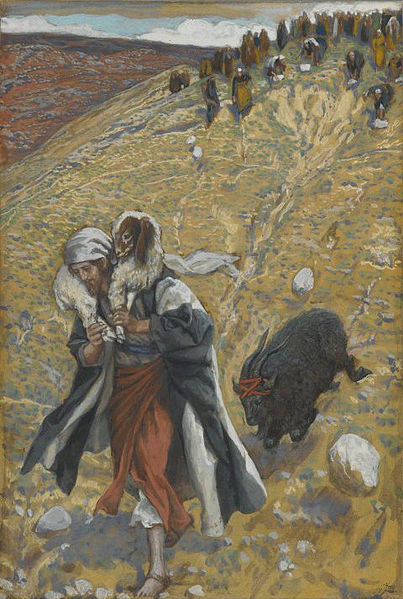
Apollonius Overcomes the Plague by Scapegoating a Beggar
When the Ephesians suffered from a terrible plague, they sent for Apollonius to come to them and become their doctor. Upon hearing the news, Apollonius immediately appeared in Ephesus by means of telekinesis, which was later said to be a case of bilocation.
Apollonius gathered the Ephesians and he led them into the theatre, where the statue of Heracles now stands. There he found an old beggar who carried a wallet with morsel of bread in it. The people gathered around this beggar and Apollonius instructed them to collect stones and throw them at him for he was the enemy of the gods.
As the beggar was begging for pity, the Ephesians started to pelt him with stones. At this moment the man looked up and his eyes were full of fire and hatred. The people stoned him to death. When they removed the pile of stones that covered his body, they saw a dog of the Molossian breed in form, but the size of a lion.
Apollonius Resurrects a Dead Girl
A Roman girl was about to get married, but all of a sudden she died. The bridegroom was grieving or protesting loudly and bitterly. The girl came from a family of consular rank, so all of Rome grieved with him. Showing up suddenly out of nowhere, Apollonius instructed them to set the bier down, then asked for the name of the girl.
Leaning over the body, he, then, uttered a few obscure words, raising the girl from the dead. The girl sat up and spoke. She, then, returned to her father's house. The family intended to give Apollonius 150,000 sesterces for his good deed, but he refused to accept any reward and stated what he did he gave the girl as a dowry.
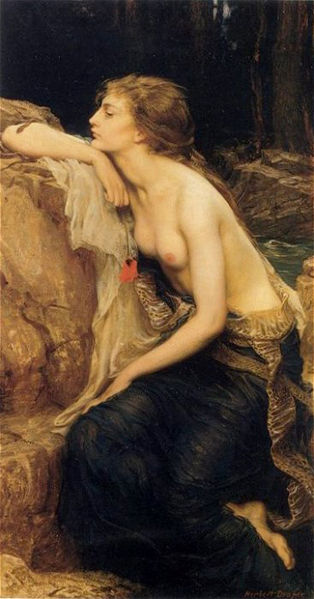
Apollonius Reveals a Female Vampire
The Lycian Menippus was 25 years old, intelligent, and very attractive. As he had been walking alone in the way to Cenchreae, a woman met him, grabbed his hand, and said that she had been in love with him for a long time. She said she was Phoenician living in one of the Corinthian suburbs. She invited Menippus to her quarters that evening, promissing to sing for him, give him wine, and that they will be alone.
Menippus, enticed by the promise of sex, went to see her in the evening that proved to be one of many thereafter. When Apollonius met Menippus, he examined him and drew a sketch of him. Then, he told the young man that he was warming a snake on his bosom, claiming that the woman cannot be married, and that she doesn't love him. But Menippus insisted that they were in love and that he would marry her the next day.
At the wedding, Apollonius asked him whether he knew anything about the gardens of Tantalus. Then, he claimed that the bride was one of the empousai, believed by many to be lamiai and bogies, female entities that feign love and crave sex as well as human flesh. Upon luring men in, they feed on them. When she heard these words she yelled at Apollonius and pretended disgust.
But at that moment all that she brought into the wedding, the servants and all the fine goods, gold and silverware faded away and disappeared. The woman, then, pretended to cry and begged Menippus not to punish her or make her confess her true nature. Since Apollonius would not let her go, she admitted being an empousa and feeding Menippus fat with pleasures only to devour his body after the wedding. She admitted having fed on handsome young men for their blood was pure.
Philostratus claims this to be the best-known of all of Apollonius's stories.
In light of these "miracles," it is easy to see the correspondences between Jesus and Apollonius. It is unclear whether or not they were aware of each other's activity, but they both lived around the same time.
Apollonius is but one of the characters that could be termed as the rivals of Jesus. We also know about Alexander of Abonouteichos, and Simon Magnus, among other interesting historical figures that supposedly performed similar "acts of good".


